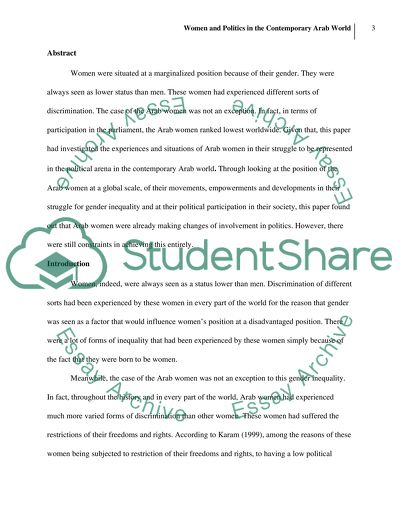Cite this document
(“Arab Woman and Politics on Present Times Term Paper”, n.d.)
Retrieved from https://studentshare.org/gender-sexual-studies/1441726-arab-woman-and-politics-on-present-times
Retrieved from https://studentshare.org/gender-sexual-studies/1441726-arab-woman-and-politics-on-present-times
(Arab Woman and Politics on Present Times Term Paper)
https://studentshare.org/gender-sexual-studies/1441726-arab-woman-and-politics-on-present-times.
https://studentshare.org/gender-sexual-studies/1441726-arab-woman-and-politics-on-present-times.
“Arab Woman and Politics on Present Times Term Paper”, n.d. https://studentshare.org/gender-sexual-studies/1441726-arab-woman-and-politics-on-present-times.


